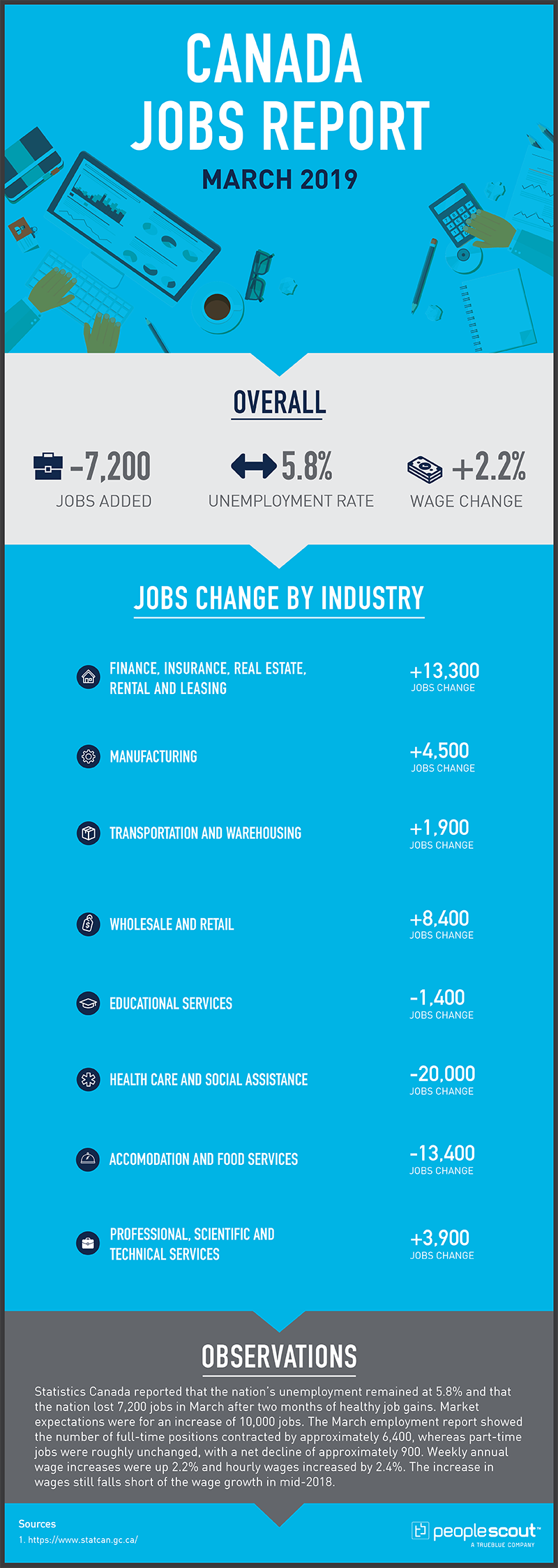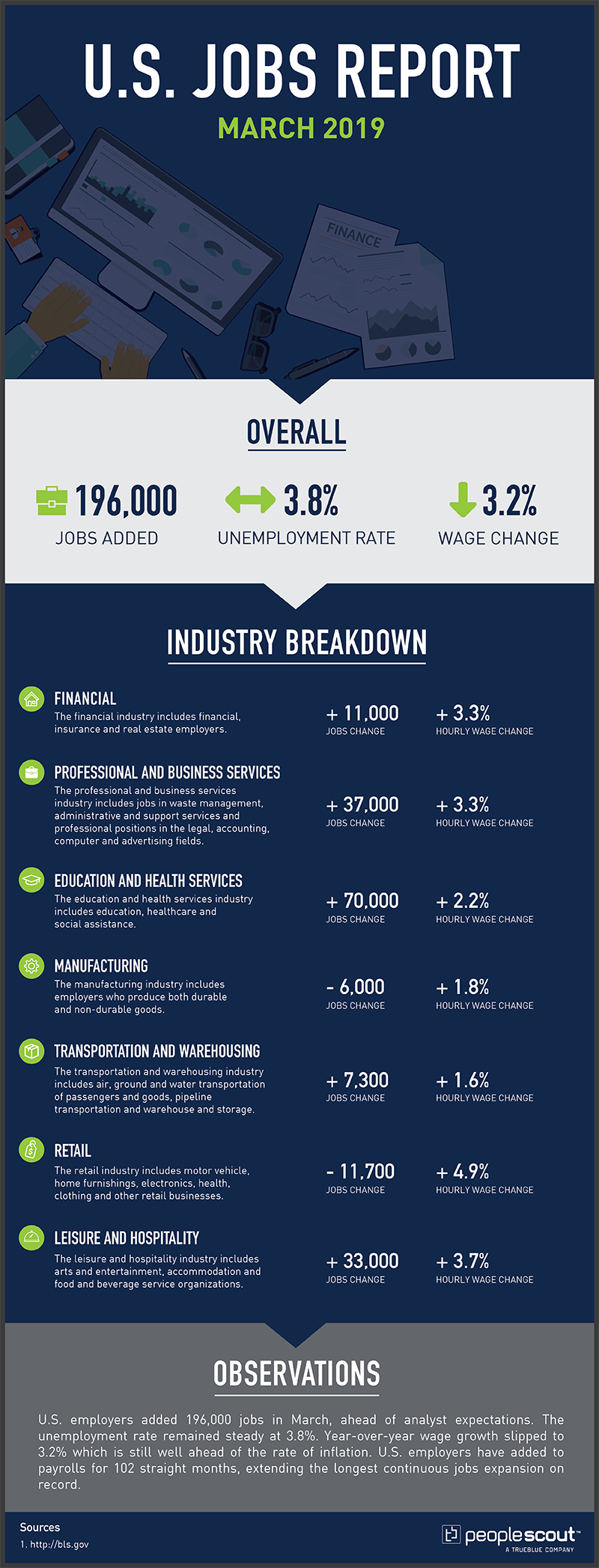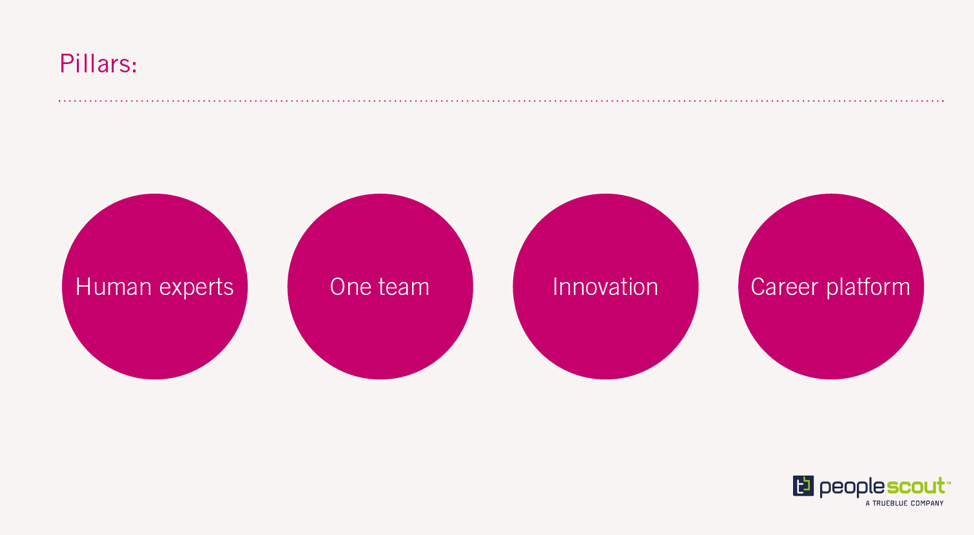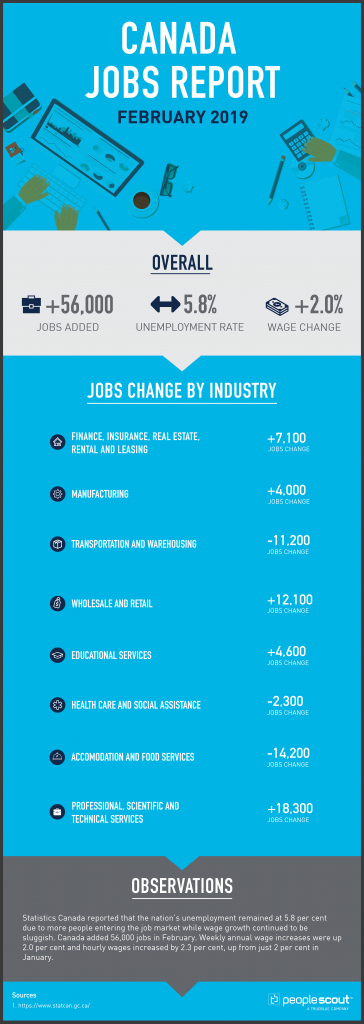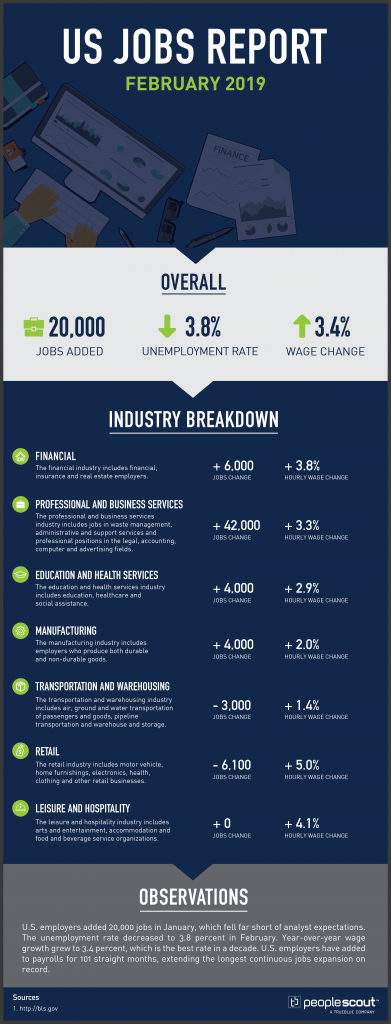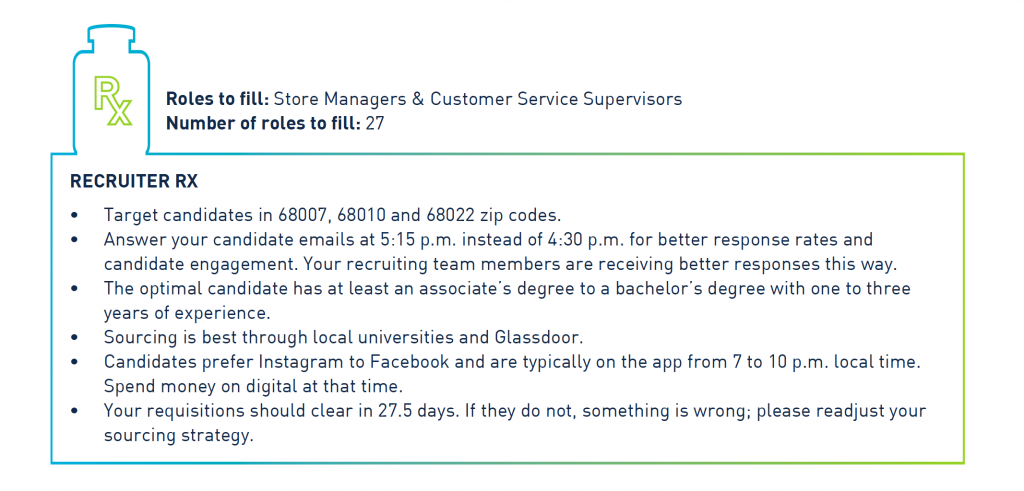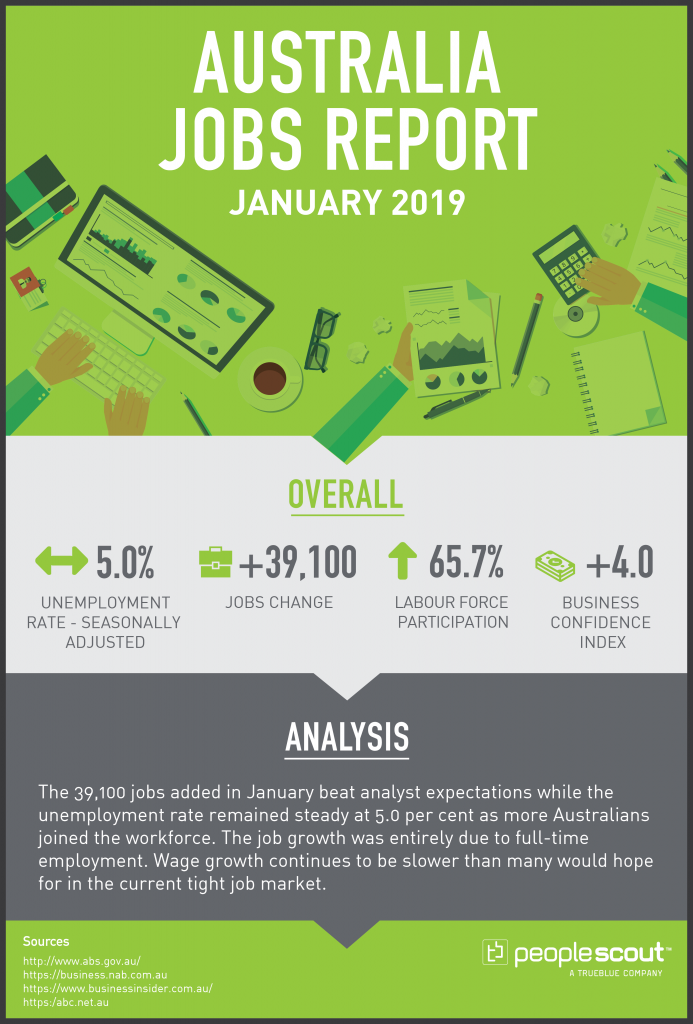The April Labour Market Report released by the Office for National Statistics posted record-breaking numbers for the nation’s labour market. In the three months covering December 2018 through February 2019, the highest level of people were working in the UK since comparable records have been kept. Nominal wages rose by 3.4%, the same as last month. This wage level reported in the last two months is the highest year-over-year level in over a decade.

The Numbers
- The number of people working in the UK rose by 179,000 to 32.72 million. This is the highest figure since records began in 1971.
- The unemployment rate held at 3.9%, excluding last month’s report, this is the lowest rate since 1975.
- The UK economic inactivity rate was estimated at 20.7%, with 213,000 fewer inactive individuals than a year earlier.
- Compared to a year earlier, 457,000 more people were working in the UK.
- The employment level for men was estimated at 80.5%; it has not been higher since December 1990 to February 1991. For women, the employment level was estimated at 71.8%, the highest level on record. (The increase in the employment rate for women in recent years is due partly to changes to the state pension age for women, resulting in fewer women retiring between the ages of 60 and 65 years.)
After a Brexit Extension is Granted There is Good News for the Labour Market
The European Union extended the date for the UK’s formal exit (Brexit) to October 31, 2019. This labour market report covers a period when Brexit was expected to take place at the end of March. While there is no more clarity about what Brexit will look like, if it happens at all, the good news about the labour market was greeted with less anxiety than in previous months when Brexit appeared to be nearly imminent.
Much of the good news was due to a decrease of workers from the EU and the increase in women in the nation’s workforce as the Financial Times reports:
“Britain’s jobs market has been robust despite wider concerns about the future of the economy after Brexit. With unemployment at the lowest rate since 1974 and fewer workers coming from the EU, UK businesses have sought new sources of labour. ‘The growth in employment was driven mainly by the number of women getting into jobs,’ the Office for National Statistics said. Its latest labour market data showed women accounted for 80% of the 179,000 increase in employment during the three months…”
The Financial Times notes that patterns of recruitment are changing for some employers reflecting the increased level of women in the workforce and a post-Brexit environment:
“Last month, budget hotel chain Travelodge said it was targeting working mothers with new shift patterns to manage Brexit-related staffing shortages. Amber Rudd, work and pensions secretary, said it was ‘particularly pleasing to see there are now a record number of women in work and a record number of people with secure, full-time jobs.’”
Record Job Openings are a Challenge for Employers
The high number of job openings is a fundamental component in the difficult environment that UK employers find themselves. Commenting on the April Labour Market report, Suren Thiru, Head of Economics at the British Chambers of Commerce (BCC), commented:
“The strong increase in employment, coupled with another fall in the number of people out of work, suggests that the UK labour market remains in good order.However, behind the strong headline figures, a number of key challenges remain. Businesses are increasingly reporting that persistent hiring difficulties, cost pressures and ongoing uncertainty are dampening recruitment intentions. If this trend is sustained it could well translate into a weakening in UK jobs growth over the next year. Pay growth continues to comfortably outstrip price growth, and in real terms is likely to remain in positive territory for some time to come. However, the combination of a sluggish economy, weak productivity and high upfront costs for business is likely to limit the extent of pay rises. The record high number of job vacancies is further confirmation of the perennial skills shortages plaguing UK businesses, which continues to hold back business activity and growth. To protect the long-term health of the UK labour market, businesses need answers to key questions on how firms will be able to manage their future workforce needs over the next few years. Brexit has distracted government and Westminster for too long, much more must be done at home to address the UK’s chronic skills shortage, including easing the burden of upfront business costs to help firms to hire and train staff.”
More than at any time in recent economic history, it is clear that those enterprises that have a strong employer brand as well as a solid recruitment and retention program will be the clear winners in this difficult market.
Temporary Workers – An Overlooked Source of Talent?
Of the 1.54 million temporary employees during the period ended February 2019, more than a quarter were temporary because they could not find a permanent job. These workers could be in positions where they have the skills to do their jobs but have been unable to find full-time work. Of course, geographic and other factors may play a part in their inability to find full-time work, but with so many permanent job openings available, there appears to be a disconnect between employers and this large pool of talent. As the Guardian notes:
“..Nor is there much evidence of a big switch to the hiring of temporary workers in the three months to February – a period when Brexit uncertainty was ratcheting up. The 179,000 increase in employment was split 138,000 full-time and 41,000 part-time. Self-employment was down by 23,000.”
The Guardian
Employers that can successfully recruit from this large pool of temporary workers could have an important advantage in filling their open positions and have a competitive edge in attracting increasingly scarce available talent.
